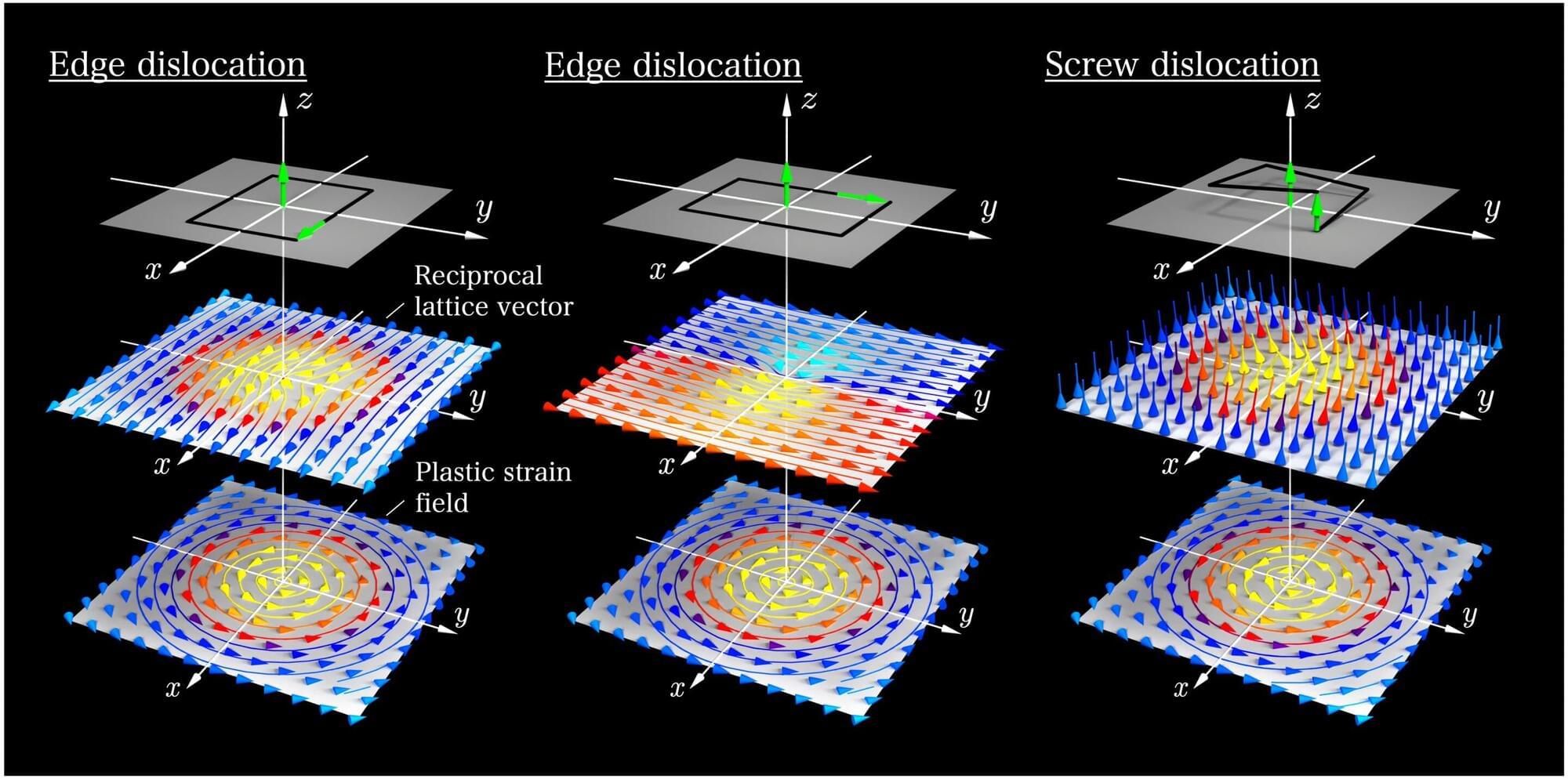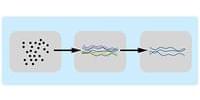Researchers from the Department of Physics have managed to experimentally develop a new magnetic state: a magneto-ionic vortex or “vortion.” The research, published in Nature Communications, allows for an unprecedented level of control of magnetic properties at the nanoscale and at room temperature, and opens new horizons for the development of advanced magnetic devices.
The use of Big Data has multiplied the energy demand in information technologies. Generally, to store information, systems utilize electric currents to write data, which dissipates power by heating the devices. Controlling magnetic memories with voltage, instead of electric currents, can minimize this energy expenditure.
One way to achieve this is by using magneto-ionic materials, which allow for the manipulation of their magnetic properties by adding or removing ions through changes in the polarity of the applied voltage. So far, most studies in this area have focused on continuous films, rather than on controlling properties at the nanometric scale in discrete “bits,” essential for high-density data storage.







